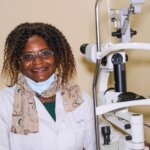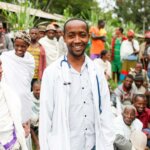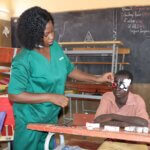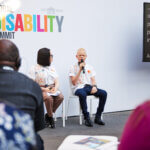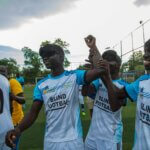- Eye Health
- Mandate
Over the past three decades, we have made huge progress in the treatment of eye disease and preventable blindness. But with 1.1 billion people living with vision loss, there is still much work to do. The good news: a new, ambitious eye health strategy guides us on the global mission for good eye health for everyone, everywhere by 2030. We asked eye health experts to tell us more about 2030 IN SIGHT.
Dr Wabulembo, you have worked in eye health for many years. What progress do you see?
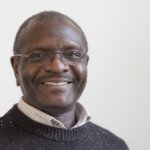
Dr Geoffrey Wabulembo, Medical Director Eye Health, Light for the World:
There is plenty of progress. Our joint efforts led to a drop in blindness prevalence from 4.8 to 3.1%. Since 1990, 90 million people got treatment for their vision problems and the sight of millions was saved.
I see a lot of improvements in the health sector too, and in the way that we work together across organisations with IAPB – International Agency for the Prevention of Blindness.
Ministries of Health and the World Health Organisation have become important allies too. A recent success for all of us is the first ever United Nations resolution on vision which was adopted in 2021. That means top-level recognition of the importance of good eye health for everyone.
Progress is particularly visible in lower income countries. I really congratulate African states for their leadership on solid national eye health plans. We also see more eye health training institutions emerging in the African region, tackling the huge human resource gap that many countries face.
Jess Blijkers, you have been involved in the 2030 strategy from the start. Tell us what it’s about.
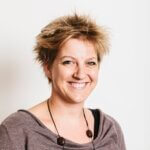
Jess Blijkers, Director Programmes and Advocacy, Light for the World:
2030 IN SIGHT is the eye health sector’s joint, strategic plan for the next decade. It frames eye health and good vision as a fundamental economic, social and development issue that is closely linked to the SDGs – Sustainable Development Goals.
In a nutshell, with the new strategy we want to achieve that:
- no-one experiences preventable sight loss, and everyone can achieve their full potential
- eye care and rehabilitation services are accessible, inclusive and affordable to everyone, everywhere
- people understand the importance of caring for their own eye health and demand access to services
And what does that mean for Light for the World’s eye health programme?
Light for the World’s programmes and advocacy are in line with this strategy. We work closely with the Ministries of Health to make sure quality eye health is fully included in universal health coverage. But we don’t stop there.
We also bring together other ministries and stakeholders from public, private and non-profit sectors. For example, Ministries of Education are key to ensuring that children have their eyes tested regularly and have access to spectacles if they need them.
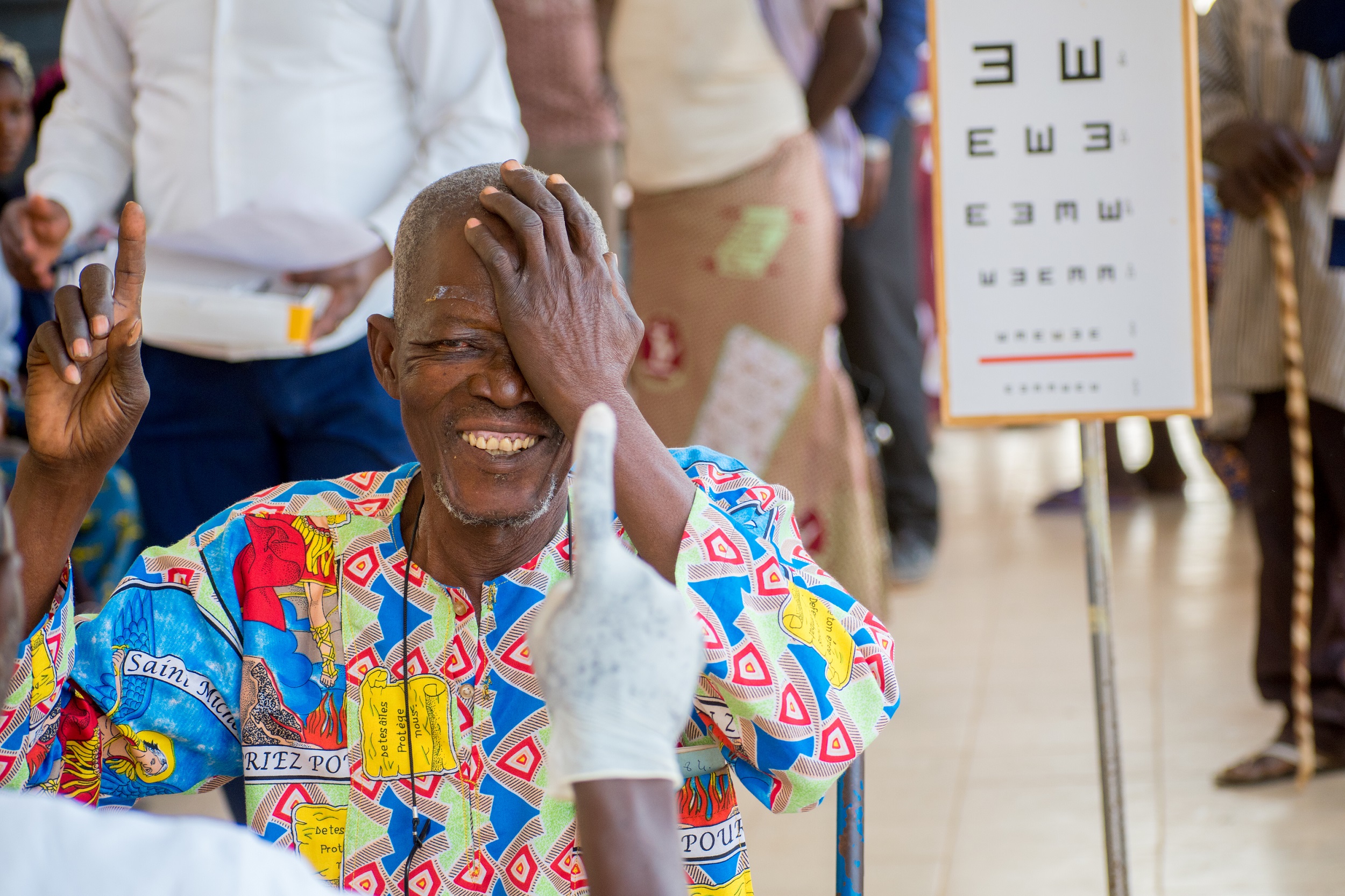
A question for Joanna Conlon, IAPB: IAPB has a strong partnership approach. What’s the reason behind this?
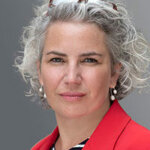
Joanna Conlon, Director for Development and Communications, IAPB:
We believe that the end of avoidable sight loss is still within our grasp, but only if we work together. The United Nations recently recognised that accessible, affordable eye care is a critical piece to achieving that SDGs.
Wolfgang Gindorfer, could you talk us through the biggest challenges for eye health?
cognition was achieved because of the work of multiple, dedicated partners, and it is going to take that partnership model to achieve the ambition of ensuring eye care is available to all.
2030 IN SIGHT is the opportunity to bring together our network and to strengthen partnerships. It is here that important conversations will continue, actions will be set, and plans made for the next decade.
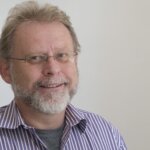
Wolfgang Gindorfer, Director Uncorrected Refractive Errors and Child Eye Health:
The demand for good and affordable eye care is ever growing. This is caused by several factors, including aging populations and unhealthy lifestyles.
We see an increase of vision loss due to diabetes.
Also, the way we work and spend our days, with smartphones and on computers, often indoors with bad lighting, leads to higher numbers of near-sightedness. The COVID-19 pandemic which kept millions at home has driven those numbers up further.
On a structural level, we are dealing with shortage of well-trained staff in all areas of eye care, that is from the promotion of eye health services and vision checks and the prevention of eye diseases and vision loss, to high-quality treatment and rehabilitation.
And how can we, Light for the World and the general eye health community, respond to these challenges?
Building up the eye health workforce is essential. That way, we are able to offer services in an equitable, high-quality manner to more and more people.
We follow the so-called IPEC approach, that is integrated people-centred eye care. We strengthen eye care services within the general healthcare systems, making sure that people can access these services as closely to their homes as possible.
Out-of-the-box thinking is often necessary to ensure that people get the services they need.
How do we reach people who don’t typically get equal access – people with disabilities, refugees, members of minority or marginalised communities, women in rural regions? How do we create affordable essential care, such as eye tests and spectacles?
These questions guide us and help make our programmes more equitable and inclusive.
Dr Wabulembo: 2030, the finishing line for the SDGs and the eye health strategy, is only 8 years away. What must happen until then?
The main thing that must happen is that we keep our ambition and optimism. If we work together and learn from each other, we can reach millions of people and tackle major challenges. We have to continue pushing eye health up on the global agenda. It is important for everybody.
